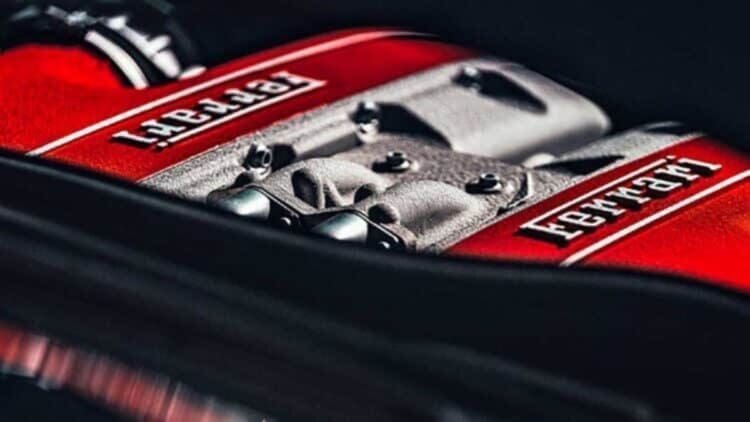While resembling something straight from a science fiction movie, a real monster hides beneath the 2026 Ferrari F80’s carbon-fiber skin. The 1184 hybrid horsepower powertrain is so futuristic and advanced, it makes any hydrogen alternative look quaint and old-fashioned. Ferrari’s engineers certainly encapsulated futuristic performance standards into this car that break conventions and blur the line between the racetrack and the roads completely.
Formula 1 standards captured in a roadworthy car
Since Ferrari frequently draws inspiration from its Formula 1 models, Ferrari has yet again proved that it can borrow from its F1 program. This time, however, the F80 features a 3.0-liter twin-turbocharged V-6 powertrain. The part that most aligns with F1 standards is the fact that bolted to the engine are three electric motors meant to increase the horsepower deliberately to that astonishing 1184 figure.
Two of the three motors are specifically meant to power up the front wheels, while the third electric motor assists the rear of the V6 powertrain. By inserting a 1,5 kWh battery pack, the system is kept lightweight.
While lightning-fast speed seems to be the name of the game with this Ferrari, only 799 units will be built. Customers may be able to customize their F80s, but speed remains the essential pull drawing the customers to the vehicle. The Ferrari can zoom past, going from 0-62 mph in merely 22 seconds. Surely with so much power, the F80 seems to put all-electric hypercars on notice.
A car of a compact size capturing colossal power
As a futuristic-looking vehicle, the F80 is leaner than expected and not at all like the bulkier alternatives that are to be expected when it comes to battery-packed hypercars. The estimated weight of this compact car is about 3,800 pounds. While the size of the car seems like a rather minor detail, it is the real reason for the car’s colossal power and meaningful performance. The power-to-weight ratio ultimately determines the performance.
Ensuring peak power, the F80 combines a combustion engine with electric drive. The car is compact, and in being so compact, it can capture the colossal power that Ferrari was aiming for.
Why has Ferrari turned its back on the hydrogen dream?
Hydrogen is said to be at the height of the green game, and in going bolder and greener in terms of its vision, it was expected that Ferrari would continue with its initial hydrogen plot. With this masterpiece from Ferrari, the Italian automaker can highlight all the flaws in terms of opting for hydrogen only, and, as such, the automaker has said goodbye to its hydrogen dreams. In terms of refueling infrastructure and bulkier tanks, Ferrari has understood that hydrogen does not quite hit the mark that the brand seems to be going for.
The F80 relies on a battery, and in doing so, the vehicle’s 1.5-kWh battery serves as a rocket booster, living up to the promise of delivering in terms of torque. Ferrari has adopted an approach where the Italian automaker’s thirst for power is clear, but the route taken to achieve maximal power is one that is smarter and less flawed.
Ferrari F80, a futuristic weapon for all public roads
Promising unbelievable power, it is hard to believe that drivers will take this Ferrari F80 out onto the roads instead of keeping the car as somewhat of a showpiece. However, everything from the engineering of this F80 to the focus on the internal combustion engine was well-planned to make driving on the roads somewhat of a dream.
With the eight-speed dual clutch, shifts can be administered at faster speeds. Still, Ferrari drivers describe this model as “usable” on the roads, including those windier Italian roads. Offering 1184 horsepower in a phenomenal 3,0 liter V6 engine, the Ferrari F80 represents a Ferrari future that is as futuristic as it is ferocious. As the new era for Ferrari arrives, Ferrari’s hidden fuel secret is exposed.





